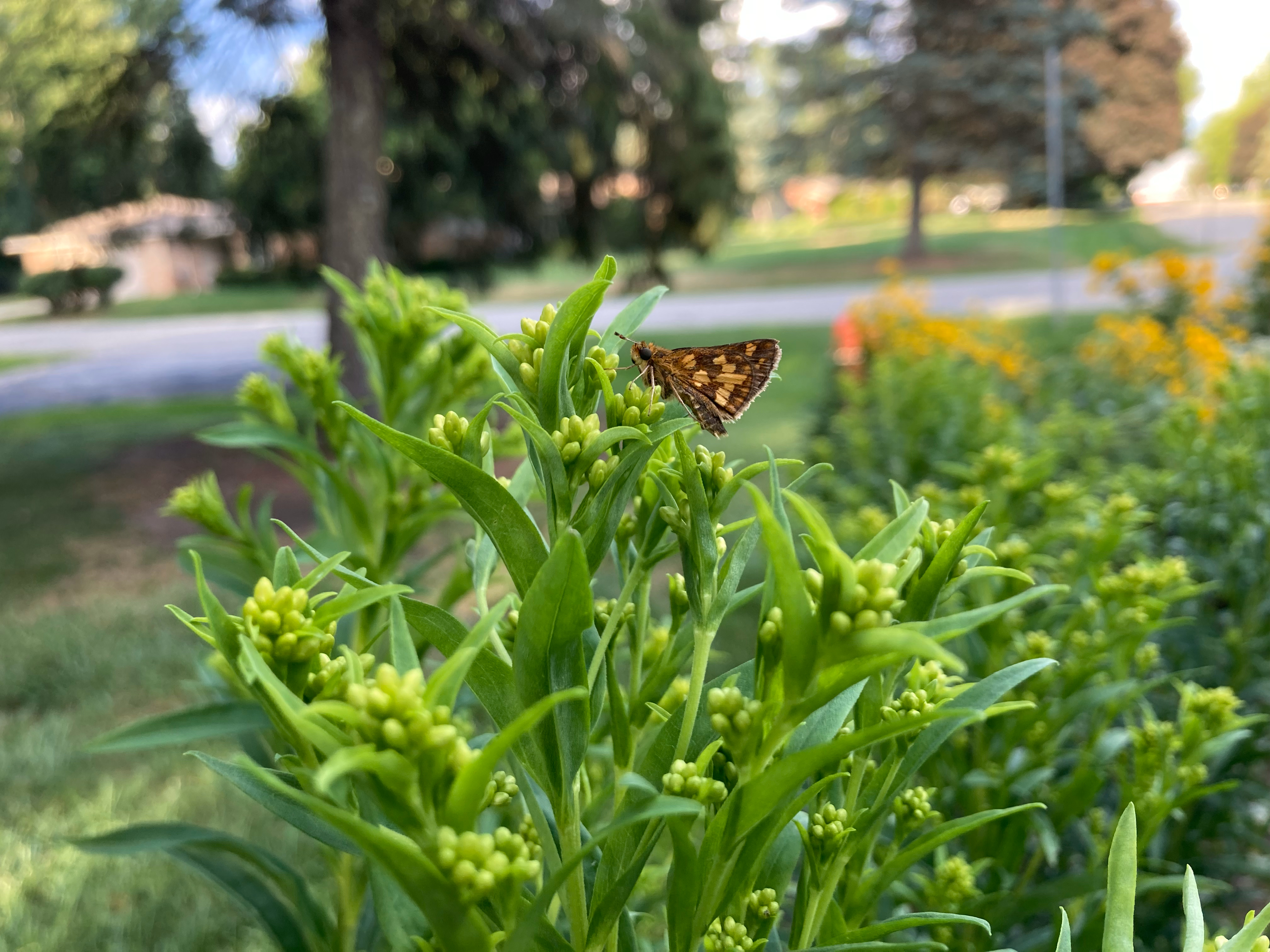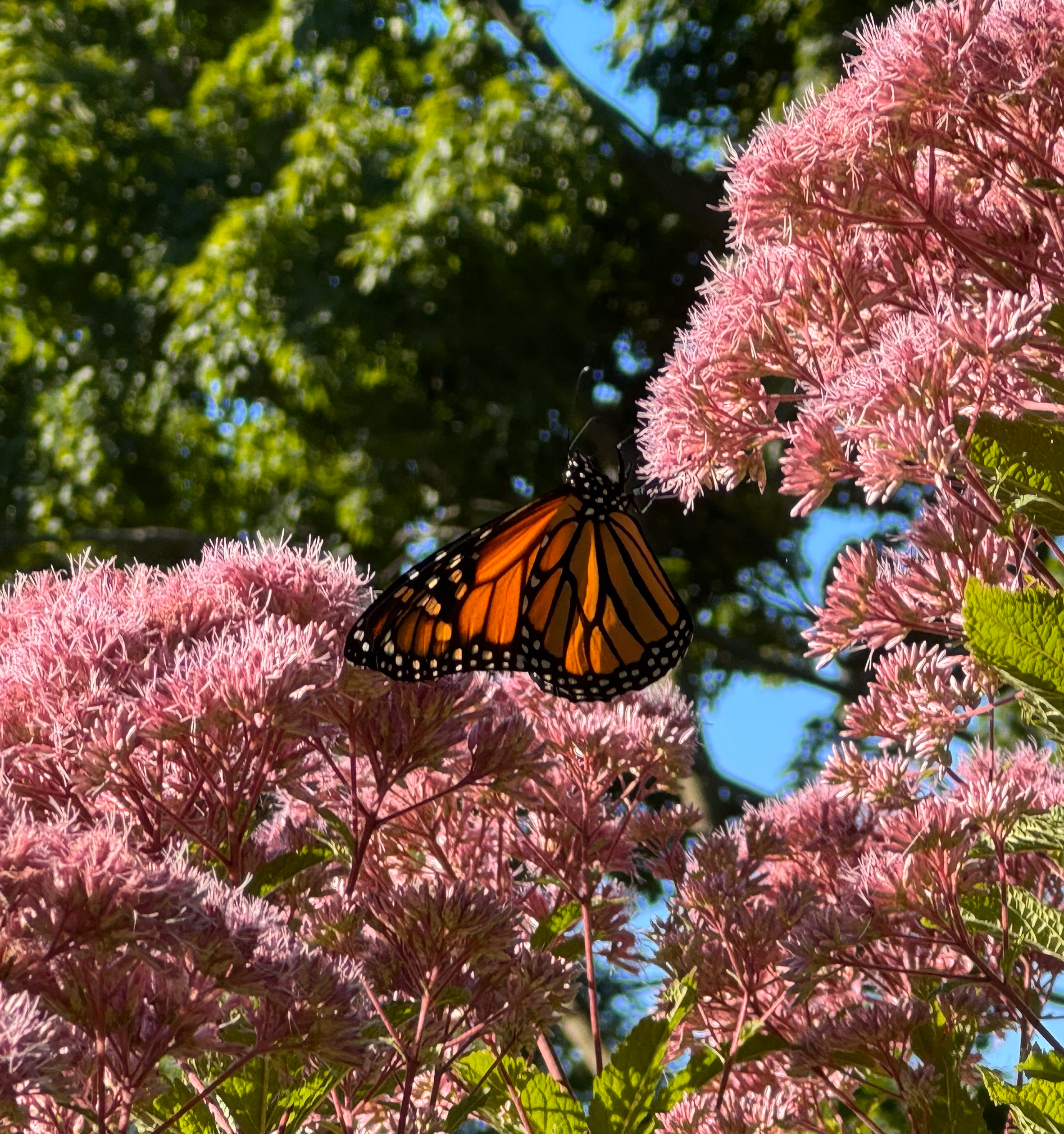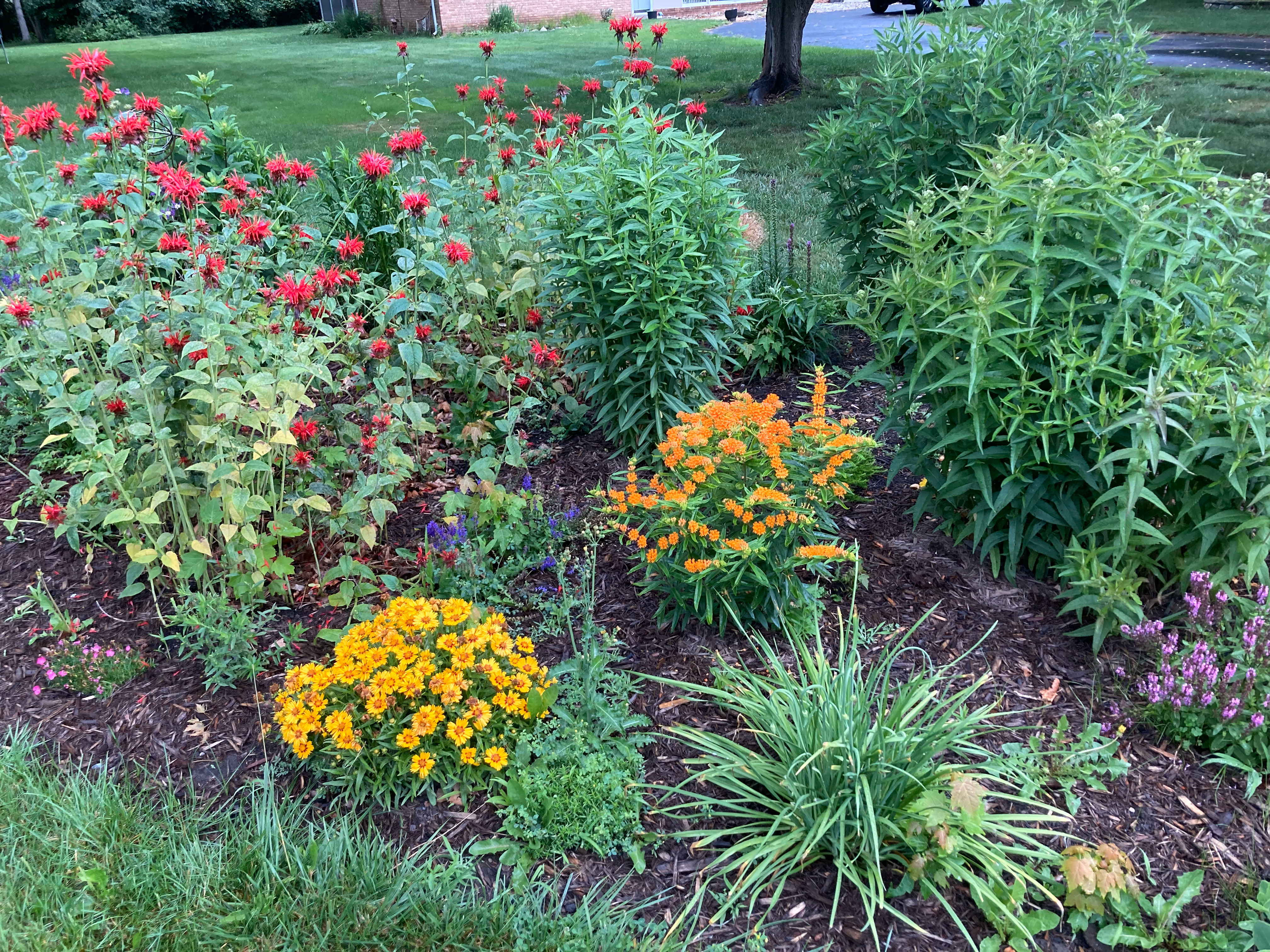Embrace Native Plants: A Smart Choice for Your Landscape and the Environment
Posted on: August 28, 2024


Whether you’re a homeowner, landscape architect, or simply someone passionate about sustainable gardening, incorporating native plants into your outdoor spaces is a decision that pays off in numerous ways. Native plants—those indigenous to a specific region before European settlement—offer a wealth of benefits that enhance both the beauty of your landscape and the health of our environment. Here’s why you should consider making native plants a key part of your garden or landscaping design:
1. Low Maintenance and Cost-Effective
Native plants are naturally suited to their local environment, meaning they require minimal maintenance once established. They are adapted to local soil, climate, and rainfall conditions, reducing the need for additional watering, fertilizing, and pest control. This translates to time and cost savings, as you’ll spend less on lawn maintenance equipment and resources.
2. Environmental Benefits
- Reduced Fertilizer Needs: Native plants thrive without the need for chemical fertilizers. This reduces the risk of phosphorus and nitrogen runoff, which can lead to harmful algae blooms in lakes and rivers. Algae blooms deplete oxygen levels in the water, harming aquatic life and disrupting recreational activities.
- Fewer Pesticides Required: Native landscapes generally require fewer pesticides because they support a balanced ecosystem with natural predators for pests. Reducing pesticide use not only protects local water sources from contamination but also reduces exposure risks for people and pets.
- Water Conservation: The deep root systems of many native Midwestern plants increase the soil’s capacity to store water and reduce runoff.
3. Air Quality Improvement
Native plants contribute to better air quality by eliminating the need for frequent mowing. Lawnmowers, especially gas-powered ones, are significant sources of air pollution, emitting high levels of carbon and other pollutants. By choosing a landscape that doesn’t require mowing, you reduce your carbon footprint and contribute to cleaner air.
4. Wildlife Habitat and Biodiversity
Native plants provide essential food and shelter for local wildlife, including birds, butterflies, and beneficial insects. Unlike closely mowed lawns, which offer little to wildlife, native plant gardens create diverse habitats that support a wide range of species. This promotes biodiversity and helps restore natural ecosystems.
5. Preserve Our Natural Heritage
In the United States, lawns cover more land than any single crop, consuming vast amounts of resources and displacing native habitats. By incorporating native plants, you help preserve our natural heritage and contribute to the reestablishment of diverse plant communities. This not only benefits wildlife but also reconnects us with our region’s ecological history.
6. Long-Term Savings
Investing in native plants can save you money in the long run. Studies, such as those by Applied Ecological Services (Brodhead, WI), have shown that maintaining native landscapes like prairies or wetlands can cost significantly less than maintaining traditional turf grasses. Over a 20-year period, native landscapes can be up to $17,000 less expensive per acre compared to non-native grass lawns.
Get Started with Native Plants
To begin incorporating native plants into your landscape, start by researching species that are well-suited to your local climate and soil conditions. Local nurseries and extension services can provide recommendations and guidance. Whether you’re redesigning your entire yard or simply adding a few native species, you’ll be making a positive impact on your environment and creating a beautiful, low-maintenance space.

Choosing native plants is not just about creating a visually appealing garden; it’s about making a responsible choice that benefits the environment, saves resources, and supports local wildlife.